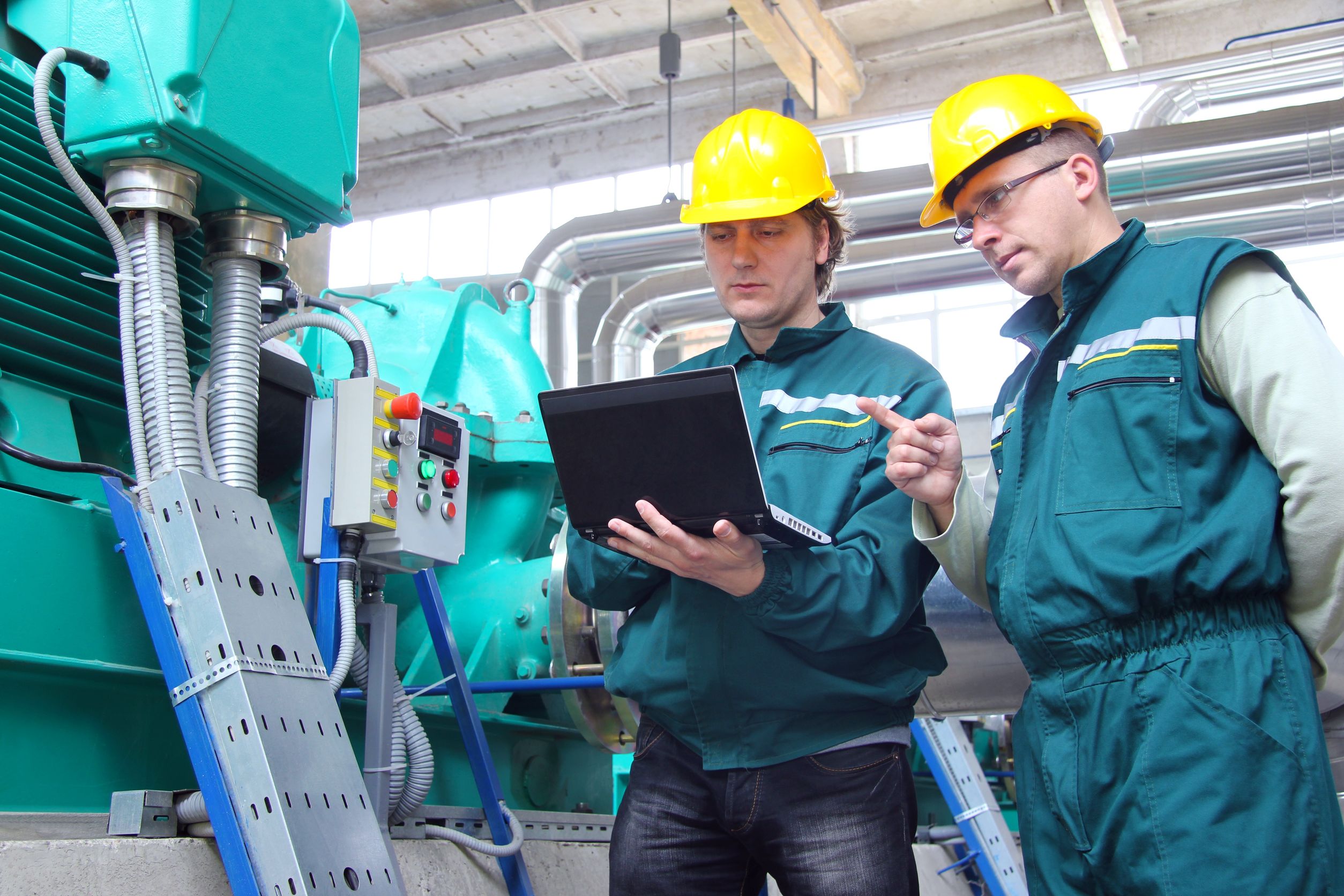Railway safety, passenger comfort, and train punctuality highly depend on the railway track condition, making railway track maintenance an essential practice. It is, however, labor intensive and requires highly specialized railroad track maintenance equipment.
When purchasing the equipment, people can go for new ones if they plan to use them for a long time. However, their high cost might make it unachievable for some, which is why some suppliers have a fleet of used equipment in good condition.
People planning to use the equipment for a short time can also rent it, making it more cost-effective. Below are the main categories of equipment people should consider.
Hi-Rail
Railroads with increased traffic usually face difficulties scheduling Maintenance of Way projects. Hi-rail equipment is designed to operate on railroads and conventional roads.
Therefore when using them for maintenance, operators can drive them off the railroad at non-crossing locations to give way for oncoming trains. This way, train traffic flows as usual, and maintenance is done on schedule.
They include 1260 Huddings, CHX13 Hi-rail excavators, CTB41 hi-rail excavators, CBL20 hi-rail backhoes, and CWX20 hi-rail excavators.
Off-Track
Operators can customize this equipment for specific railroad safety and operational requirements. They deliver more work tool options, ease of operation, and better cycle times, lowering operational costs.
They include dozers, backhoe loaders, excavators, track loaders, motor graders, and wheel loaders.
On-Track
These robust, agile, and efficient tools are meant to operate on the tracks. They include CMC13 magnet, CTC13 Tie, and CTC08 cranes.
Attachments
These allow operators to work smoothly on different surfaces and conditions. They include ballast carts, cold air blowers, tow carts, ballast cribbers, culvert cleaners, tie-inserters, magnets, and tie-tampers.
Like & Follow us on Facebook.


